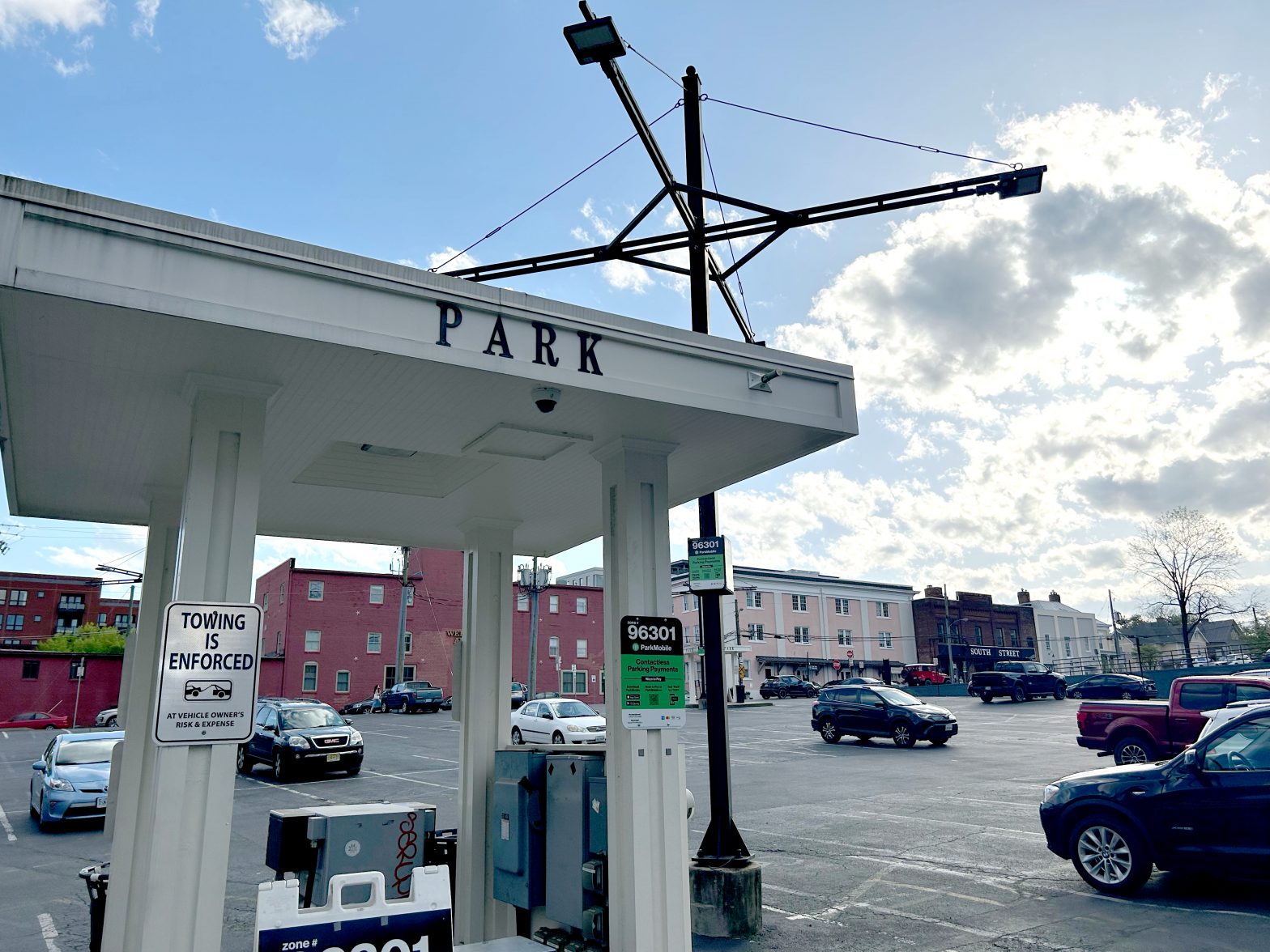Our spring of zoning continues this month with more rollout of new rules that will determine what Charlottesville’s future looks like.
“At this point, we are proposing no minimum parking requirement in order to support reuse and redevelopment of sites within the city,” said James Freas, Charlottesville’s director of Neighborhood Development Services. “We fully anticipate there will be a great deal of conversation on this topic.”
Currently about 8 percent of the city, or 524 acres, is used for parking, according to the Comprehensive Plan adopted in November 2021. That doesn’t include residential driveways. The document also states that 59 percent of city residents drive to work, 14 percent walk, 7 percent take public transportation, and 3 percent ride a bike.
The new zoning takes goals of the Comprehensive Plan, such as encouraging parking behind buildings, and turns them into reality. There are several references to reducing parking requirements that will be put in motion if the zoning goes through as is.
This is a trend happening nationally, according to Andrew Mondschein, a UVA School of Architecture professor.
“Eliminating parking requirements directly reduces the cost of development, making housing and other uses more affordable,” Mondschein says. “Eliminating requirements also reduces one of the main ways we subsidize driving in the country, addressing the impacts of automobility on safety and our environment.”
But these proposed changes are also part of an ongoing trend in the city, according to Leonard Schoppa, president of the Kellytown Neighborhood Association. Schoppa says that under Mayor Maurice Cox in the early 2000s, the Comprehensive Plan also encouraged parking requirements be reduced.
“The city dropped parking minimums to zero in the 14th Street and JPA corridors near the university, hoping to encourage private developers to build student housing that was denser in these close-to-Grounds areas, and allowing students to get around without driving or even bringing their cars to Charlottesville,” Schoppa says.
However, Schoppa says that many of the buildings constructed since then do include some parking, in part because banks want to see business models that work for large apartment complexes.
“If a developer of a 20-unit apartment building wants to build without off-street parking, the builder will not be able to get financing if they cannot convince the bank that sufficient numbers of renters will want to pay the planned level of rent for a place that has no parking,” Schoppa says.
That said, he does predict that new single-family homes may begin to be built without driveways. The new zoning will require a permit for every single curb cut, and that may put more parking on the street.
“I expect that some developers who want to build the six- and eight-unit apartment projects allowed in Residential-B and Residential-C areas will be able to build such projects without parking,” says Schoppa.
For this to really work, Schoppa says Charlottesville Area Transit needs to run buses more frequently to make that option more realistic.
UVA’s Mondschein thinks Charlottesville is ready to eliminate parking requirements, but says people should not fear that will result in an immediate change.
“Other changes, like improving our walking and bicycling infrastructure are moving forward too slowly, but this again is incremental change, and this can happen,” he says. “Ultimately, Charlottesville is a small city with an existing urban center and the potential to establish great neighborhoods that are not car dependent.”
